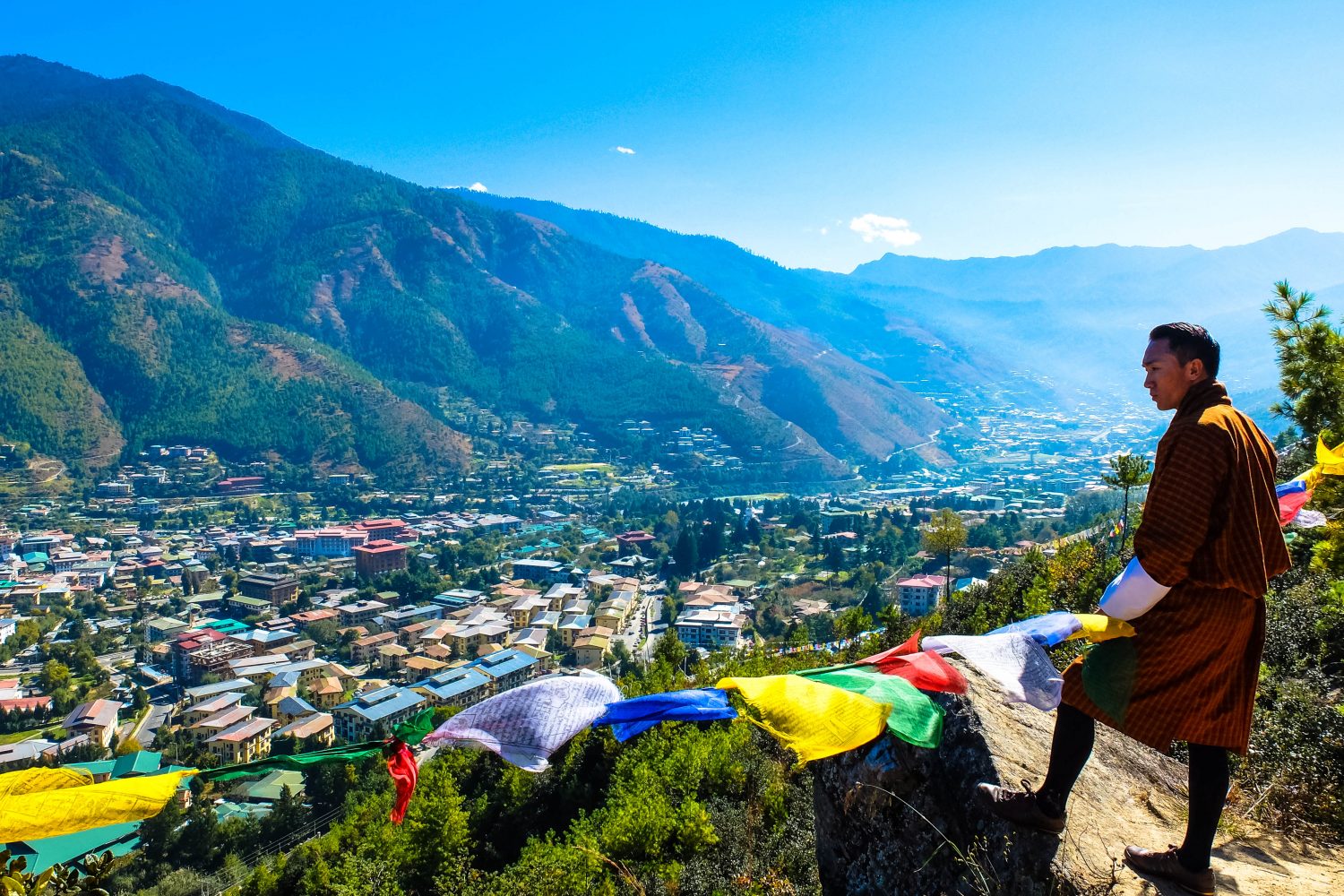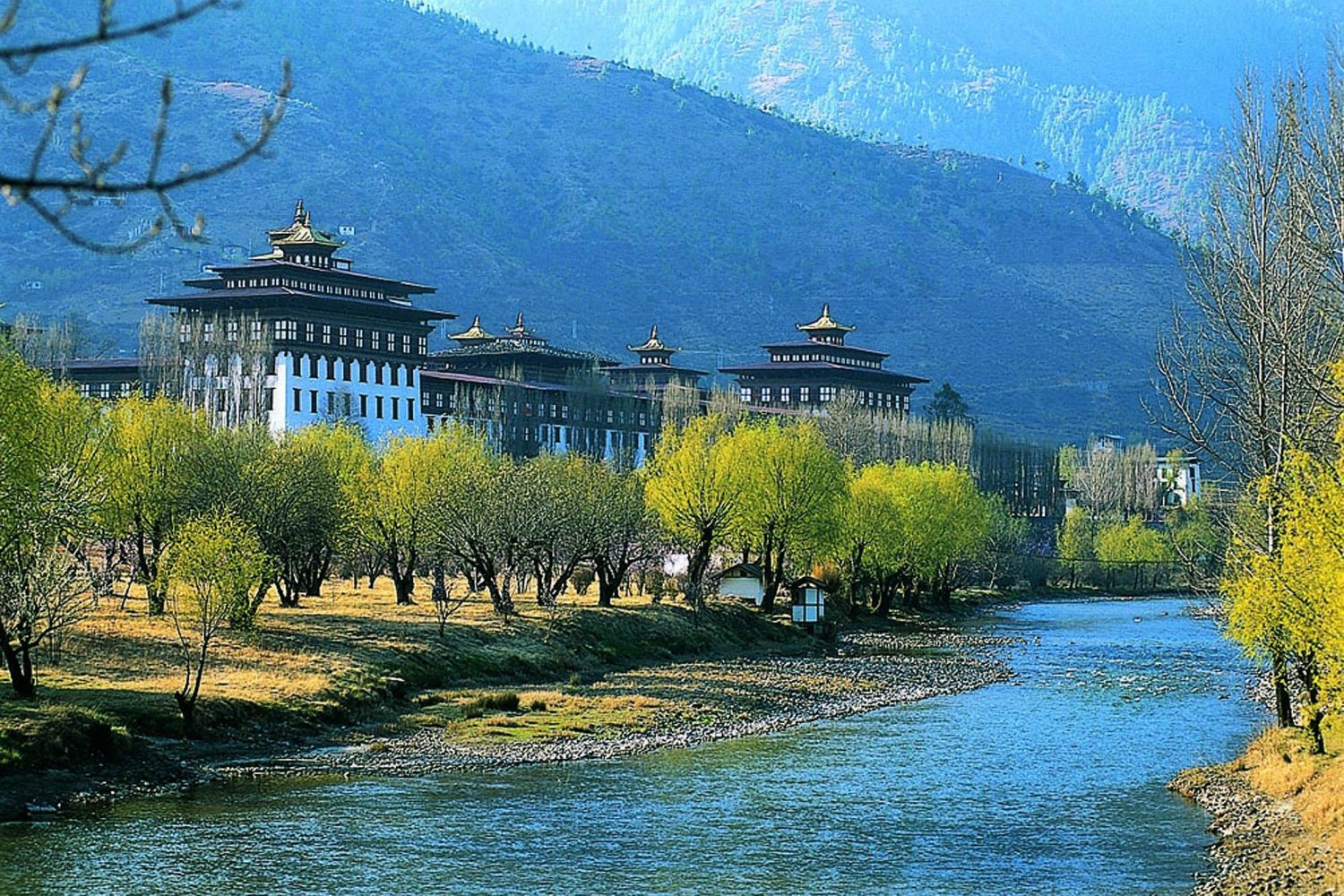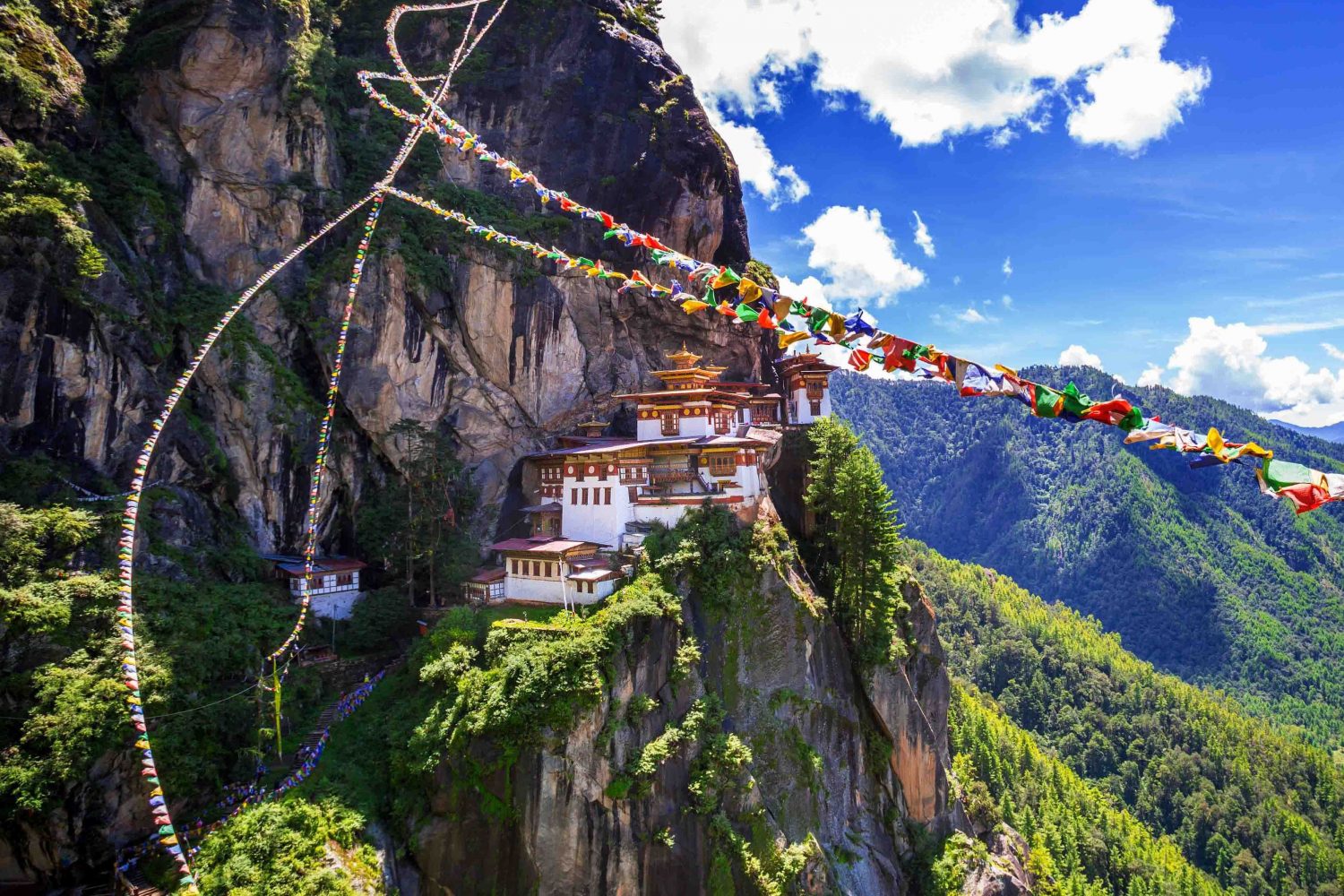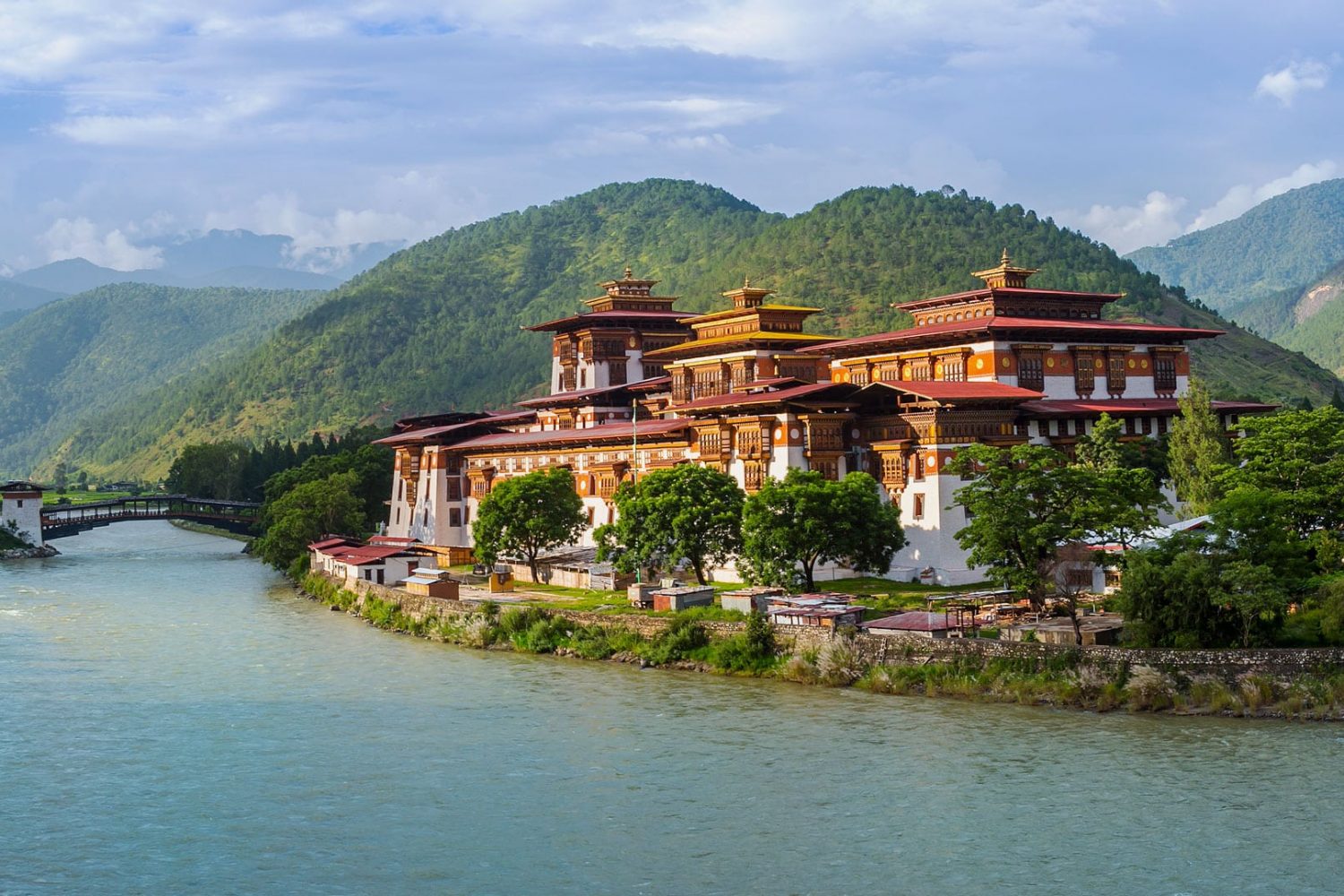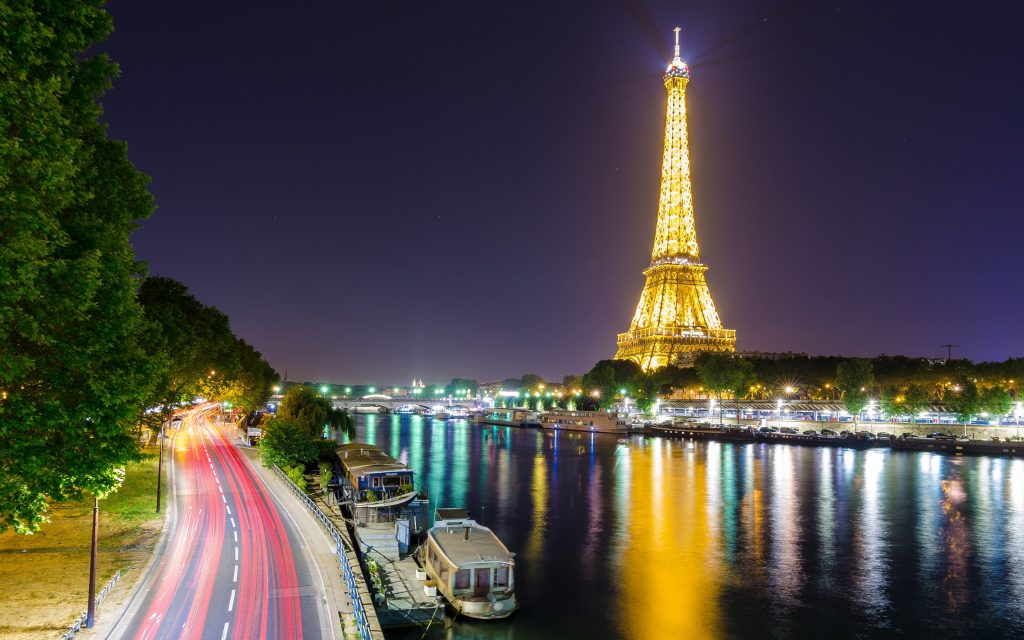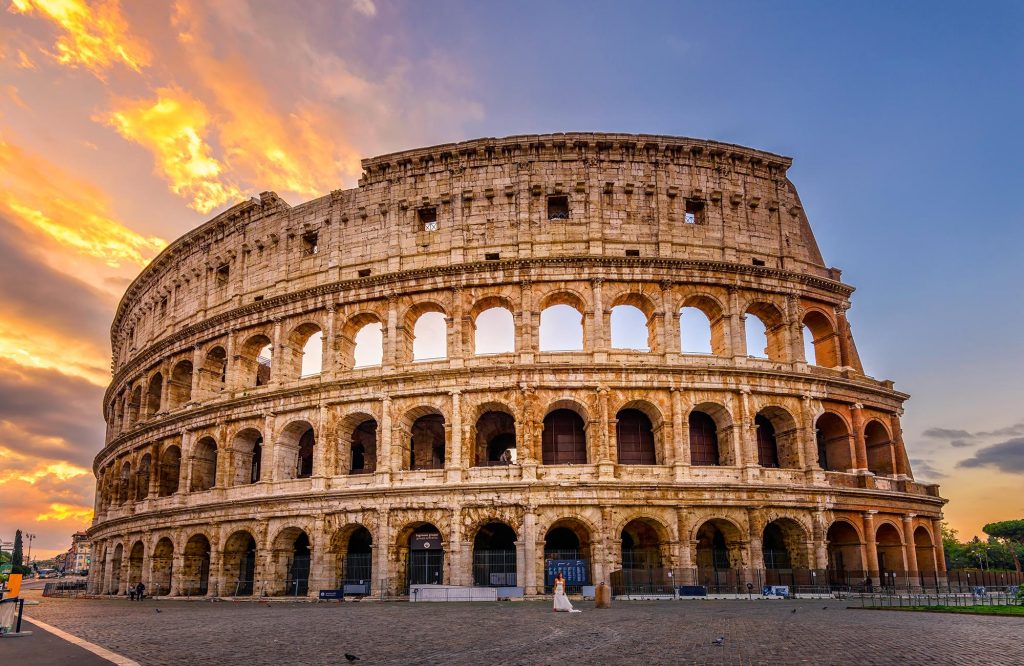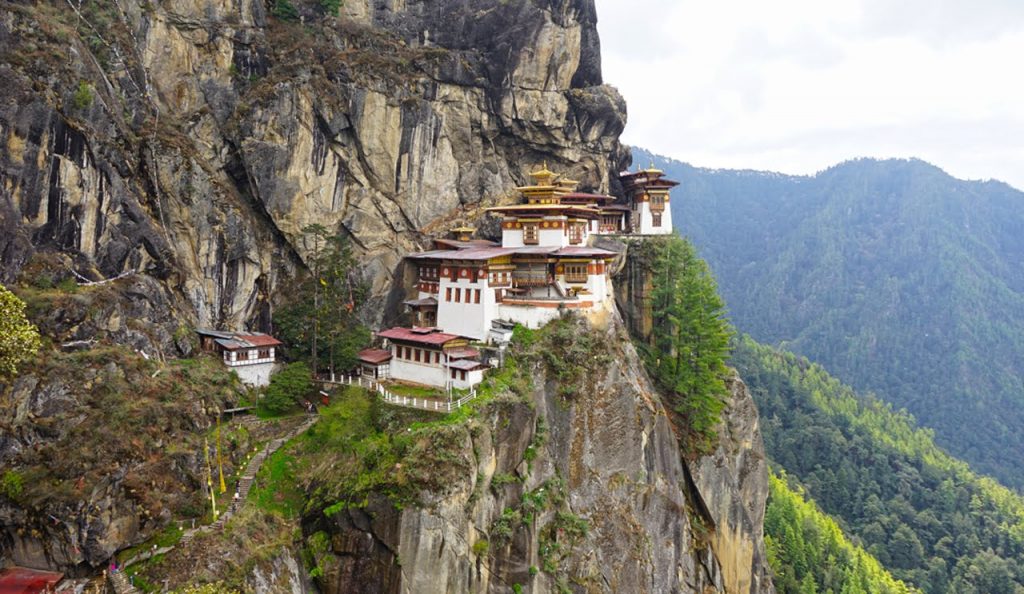 Bhutan, located in the eastern Himalayas, borders China to the north and India to the south, east and west. The altitude varies from 300m (1000ft) in the narrow lowland region to 7000m (22,000ft) in the Himalayan plateau in the north. The foothills are tropical and home to deer, lion, leopards and the rare golden monkey. The Inner Himalaya region is temperate, wildlife includes bear, boar and sambar and the area is rich in deciduous forests. Thimphu, the capital of Bhutan, lies at a height of over 2400m (8000ft) in a fertile valley. It resembles a large, widely dispersed village rather than a capital. The yearly religious Thimphu Festival is held in the courtyard directly in front of the National Assembly Hall. A visit to the Paro Valley and the Taktsang (Tiger’s Nest) Monastery clinging to the face of a 900m (2952ft) precipice is highly recommended. Restaurants are scarce and most tourists eat vegetarian food served buffet-style in their hotels. Cheese is a popular ingredient, the most popular being dartsi (cow’s milk cheese). Rice is ubiquitous and is sometimes flavored with saffron. The most popular drink is souza (Bhutanese tea).
Bhutan, located in the eastern Himalayas, borders China to the north and India to the south, east and west. The altitude varies from 300m (1000ft) in the narrow lowland region to 7000m (22,000ft) in the Himalayan plateau in the north. The foothills are tropical and home to deer, lion, leopards and the rare golden monkey. The Inner Himalaya region is temperate, wildlife includes bear, boar and sambar and the area is rich in deciduous forests. Thimphu, the capital of Bhutan, lies at a height of over 2400m (8000ft) in a fertile valley. It resembles a large, widely dispersed village rather than a capital. The yearly religious Thimphu Festival is held in the courtyard directly in front of the National Assembly Hall. A visit to the Paro Valley and the Taktsang (Tiger’s Nest) Monastery clinging to the face of a 900m (2952ft) precipice is highly recommended. Restaurants are scarce and most tourists eat vegetarian food served buffet-style in their hotels. Cheese is a popular ingredient, the most popular being dartsi (cow’s milk cheese). Rice is ubiquitous and is sometimes flavored with saffron. The most popular drink is souza (Bhutanese tea).

